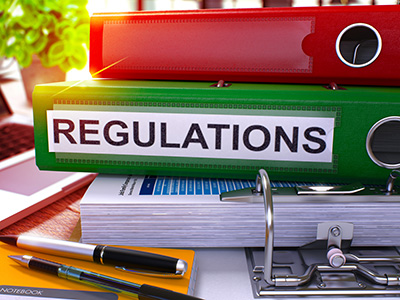
2016 was a high-water mark for SEC enforcement activity; however, with the uncertainties associated with the new administration’s enforcement regime, we could be seeing a downturn going forward. According to a recent report issued by the NYU Pollack Center for Law & Business and Cornerstone Research, the SEC’s 2016 fiscal year (spanning October 1, 2015 – September 30, 2016) saw the highest number of enforcement actions brought against public companies and their subsidiaries since 2009, the year the Pollack Center and Cornerstone Research first began tracking information on such actions. The 92 actions brought against public companies and their subsidiaries last year is more than double the level of enforcement activity from just three years ago and represents the latest in a continuing upward trend of enforcement actions. Also consistent with recent trends, the vast majority of these actions have been brought as administrative enforcement proceedings before SEC ALJs, rather than civil actions in federal court.
The SEC continues to focus most heavily on issuers’ reporting and disclosure obligations, which comprised more than a quarter of the enforcement actions initiated last year. The SEC has consistently emphasized issuer disclosures as an area of enforcement priority and its pattern of activity has, to date, backed that up. Last year also brought enhanced focus on investment advisors and investment companies, with the SEC initiating more actions against those defendants in 2016 than in the previous three years combined. Allegations of foreign corrupt practices and actions against companies making initial or secondary securities offerings also resulted in an increased rate of enforcement activity over prior periods.
2016 also brought about a change in how enforcement matters were resolved. For a number of years, virtually all settlements of SEC enforcement matters contained no admission of guilt. However, for at least three of the top ten monetary settlements from 2016, the SEC insisted on an obtained admissions of guilt from the defendant. This suggests that the SEC may use the threat of requiring an admission as a tool to extract more value from settling defendants and, in certain instances, may be categorically unwilling to resolve matters without obtaining an admission.
Another notable feature from the 2016 data is the continued trend in cooperation by defendants. Cooperation has more than doubled since the SEC announced its formal cooperation initiative in 2010 and in each of the last two years, more defendants have cooperated than not. As the SEC has emphasized administrative proceedings over civil actions, the rate of cooperation in those separate forums has shifted, too. Notwithstanding the overall increase in settlements with cooperation, the level of cooperation in settled civil actions has been cut in half, to just 11%. This suggests that the SEC most frequently considers civil actions when the defendants refuse to cooperate.
Whether these trends will continue going forward is a matter of substantial uncertainty. The new administration and SEC leadership is likely to have new enforcement priorities that may impact the type of matters investigated, the number of matters that result in enforcement actions, and the manner in which those actions are litigated and resolved. Commissioner Piwowar has already taken steps to limit the scope of the Enforcement Staff’s authority, reducing the number of people who can authorize the issuance of investigative subpoenas. Moreover, the administration’s efforts to de-regulate the financial industry may reduce the rules and regulations that could lead to corporate violations, reducing the resulting enforcement activity.

